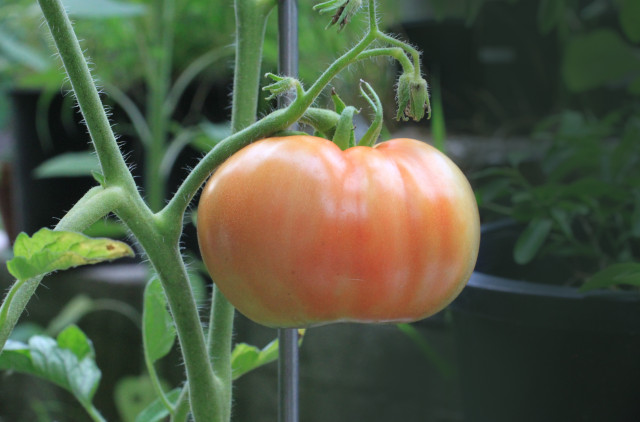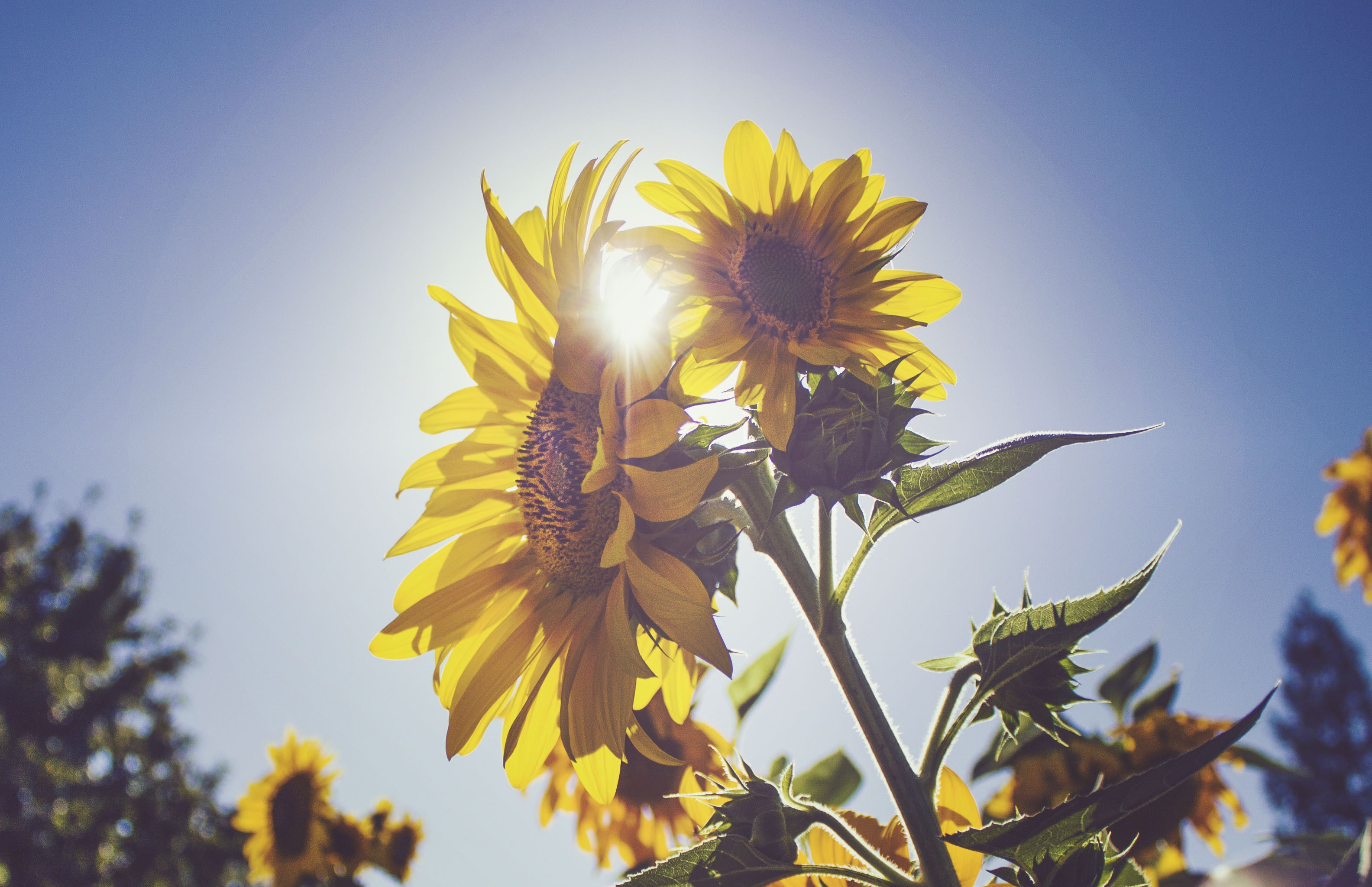Incompatible Plants: Don’t Try These At Home
What Are Incompatible Plants?
Proper sun access, the right amount of water, and the best soil; BigYellowBag’s Black Garden Soil, are all going to have a huge impact on how well your plants are able to grow. While these variables are very important, there’s another thing you should remember if you want to garden successfully: incompatible plants. We’ve heard about Companion Planting and even done some research on it, but what about the opposite? What plants will negatively impact the plants you place near it?
Tomatoes and Corn
There are many reasons why certain plants might not be the best growing companions. Maybe they’re both competing for the same resources like sunlight or water. Tomatoes and corn are great examples of incompatible plants. They both require the same nutrients from the soil. These plants will begin competing and, instead of growing two healthy plants, they each will stunt the growth of the other. This is why it’s important to keep them away from each other in the garden.

Basic Plant Understanding
If you want to grow a low-lying plant that needs to bask in the sun to thrive, it’s not a good idea to put something tall and leafy right beside it. Similarly, if you have a very thirsty plant side-by-side with one that only prefers a few small sips of water, it can be tricky to ensure that both are getting what they need. A basic understanding of the plants you plan to grow in your garden is essential when considering incompatible plants.

Allelopathy
Some plants have allelopathic properties – that is, biological traits that can affect or influence other plants. Sunflowers, for instance, can prevent weeds from growing. But unfortunately, they can also prevent potatoes and pole beans from thriving. Similarly, you need to make sure that certain plants won’t spread disease or attract pests that could be devastating to others. The best way to start is by researching and finding out what the individual plants’ needs and characteristics are and make sure there isn’t a conflict. This way, you can avoid accidentally planting incompatible plants near each other.

Gardeners Helping Gardeners
Due to the fact that there are millions of different possible combinations, scientific data on incompatible plants can be a bit thin. Though there might not be a whole lot of information online, trial and error has proven to be the most beneficial form of research. Many experienced gardeners share their anecdotal knowledge of which plants have worked best together for them, and which ones resulted in less than stellar outcomes. There are hundreds of reputable gardener blogs online that may offer more insight on incompatible plants. Gardening Know How is a great example.

Find the Answers Yourself
Reach out to your local garden center or horticultural society for some expert advice if you’re not sure. Try your hand at it too! Test different combinations using the basic knowledge you have about each plant. Be sure to jot down some notes so that you know what worked best for you and what didn’t. And when you do find that winning combination, be sure to let your fellow gardeners know about it!
